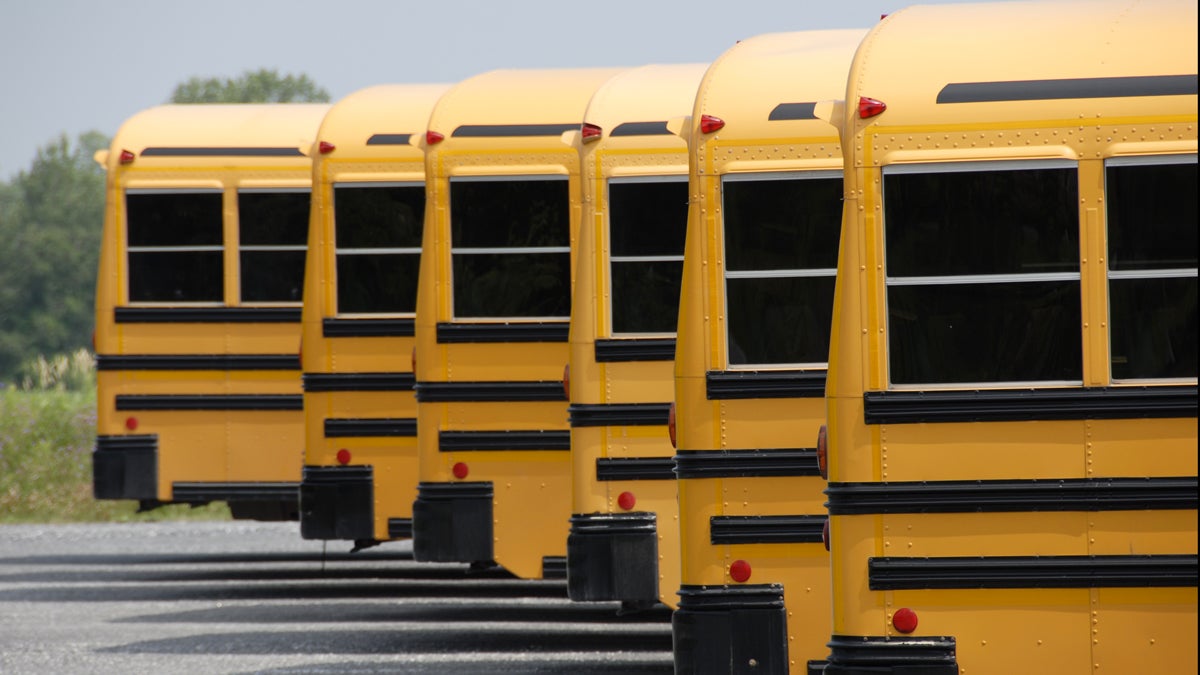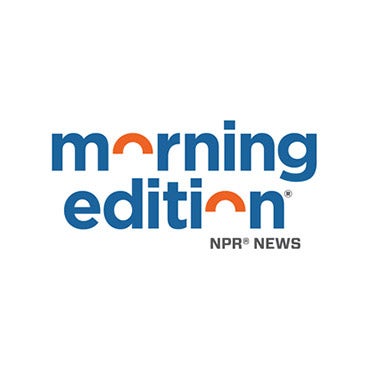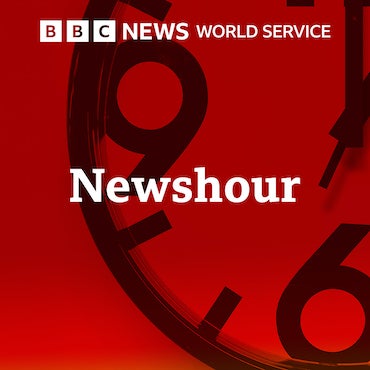New Jersey’s interdistrict school choice program is working well

(Shutterstock)
This is part of a series from education blogger Laura Waters of NJ Left Behind.
Take over Camden Public Schools! Reform tenure and evaluate teachers and principals on student growth data! Strengthen and expand charter schools! Enact a school voucher bill!
Education reformers in New Jersey and elsewhere sure do love radical change, seven-league strides towards the imagined Bethlehem of high-achieving schools accessible to all children. We’ve no patience for baby-steps that gingerly transverse the mired ruts of the status quo, no time for triangulated compromises that slap a coat of paint on failing schools and call it an improvement.
But sometimes meaningful change does occur incrementally. This is hard to hear for die-hard reformers. But one particular Jersey-grown school reform measure argues for a gradual approach: the state’s Interdistrict Public School Choice Program.
Too tiny at onset to pose a threat to local control addicts or suspicious traditionalists, IPSCP has grown organically over the last 15 years to offer out-of-district public school options to over 6,000 kids in over 100 school districts. Unlike the ire ignited by other forms of school choice like charter schools or vouchers, IPSCP provokes no angry special-interest groups lobbying against expansion, no fiery rhetoric denouncing fiscal burdens on home school districts, no counter-legislation proffered by politicians. Just a little ‘ol state program that attracts more participants (and credibility) each year.
Maybe there’s something to learn there.
First, a little history
The IPSCP was born from perceived inequities between children of teachers and children of non-teachers. In 1992, the New Jersey Education Association, N.J.’s primary teacher union, bargained successfully with the Legislature to pass a statute that says, “Resident enrollment shall include, regardless of residence, the enrolled children of teaching staff members who are permitted, by contract or district policy, to enroll their children in the educational program of the school district without payment of tuition.”
In other words, children of N.J. public school teachers can choose to attend the district employing their parents, tuition-free. Reasonable, right? Happens all the time. But some officials worried that this perk of school choice discriminated against children whose parents didn’t happen to be teachers.
Former Education Commissioner Leo F. Klagholz recollected, “We saw this as an unfairness” because “tuition was waived for the children of educators but not for other parents.”
In order to address this “unfairness,” in 1999 the state Legislature authorized a five-year pilot for a small interdistrict program, one that proposed to offer equity to children who didn’t have the advantage of teacher parents. Rules were strict: no more than one school district per county could volunteer to accept students from outside district boundaries and there were strict caps on how many students could participate. The students’ resident districts paid tuition to the “choice” district. By the end of the pilot, the program was serving 900 kids in 15 of N.J.’s 21 districts. (
Despite the expiration of the pilot, the program continued to serve those kids. In 2010, the state Legislature created a permanent program. The cap of one-district-per-county was lifted. Up to 10% of a district’s children can participate, with tuition and transportation paid for by the sending district.An anemic tip-toe through the feral fields of education reform, right? Hardly worth the bother for 900 kids.
In 2011, 2,131 kids attended choice schools in 56 districts. In 2012, 3,356 kids attended 67 choice schools and crossed those hallowed district boundaries. In September 2013 there will be 6,144 non-resident kids attending 107 choice districts.
A typical story comes from Ocean City Public Schools, which in 2011 offered 14 seats to students outside the district. In September the district will accept 58 kids, who will generate tuition revenue, fill empty seats, and allow the district to maintain programs, class size, and upgrade technology. That’s a win for the choice district and a win for those out-of-district families who, moneyed or not, get a choice. It’s not a win for sending districts, which lose students and pay tuition.
But maybe it forces them to up their game. Maybe it forces a little healthy competition into a moribund marketplace. And maybe, just maybe, it nudges New Jerseyans – incrementally, not radically – towards a less provincial vision of our public school system.
___________________________________________________
Laura Waters is president of the Lawrence Township School Board in Mercer County. She also writes about New Jersey’s public education on her blog NJ Left Behind. Follow her on Twitter @NJLeftbehind.
WHYY is your source for fact-based, in-depth journalism and information. As a nonprofit organization, we rely on financial support from readers like you. Please give today.




